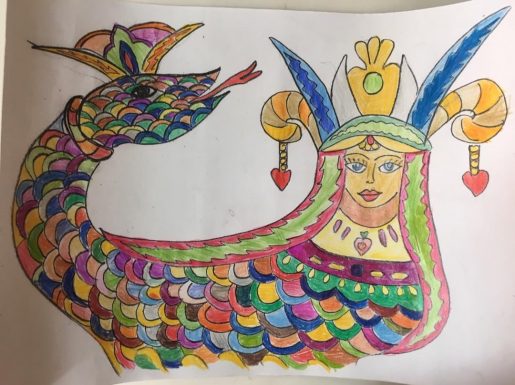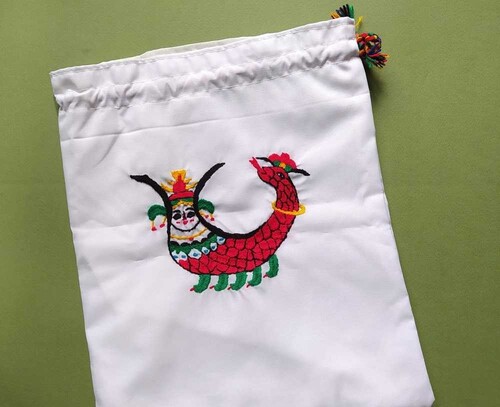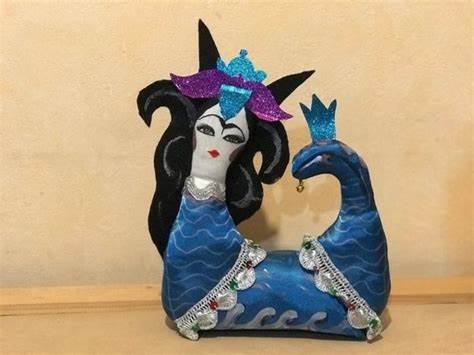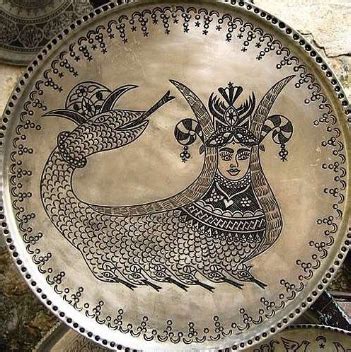In the world of thinking and writing, those nations who possess historical roots of thinking and writing from the old days are considered to be wealthier because they can introduce their nation and their social, political, economic, and human relationships during different periods of time for others to know them.
One of the ways from which we can know other nations better and analyze their thoughts and ideologies is through their legends and epics. As we know legends and epics represent ancient people’s way of thinking of a region and we can read about those nations’ ideologies from the beginning by reading their legends and epics thus we would be able to realize how their way of thinking changed throughout history. Kurds, as a live nation, possess a long history and particular way of writing and are a rich nation in epic and legendary stories. There are tens of sources that contain these legends and myths.

Many foreign researchers and orientalists like “Oscar Mann” have tried hard to collect the stories and Baytes (a kind of story that is sung like a song) in “Mukeryan” region in a book called “Tohfeye Mozafariye”, “M.B. Rodinkotte” collected Kurdish stories in a book named “Kurdish Myths”, “Ordishane Sicil” and “Sicilla Sicil” collected Armenian Kurds’ stories and they also called it “Kurdish Myths”. These orientalists have collected many Kurdish stories and documented them. There are tens of other foreign sources like these, too. Kurdish authors like Salah Payanyani’s book titled “Kani Miradan” and Ahmad Bahri’s book named “Ganji Sarbamor” have done the same thing for Kurdish oral stories and by doing so they have proved that Kurds have a precious treasure in ancient literature.

One of these stories that is very important and is well-known all around Kurdistan and there are many forms of narration about it is the wonderful myth of “Shay Maran” (King of the Snakes) or “Shamaran”. This story was and still is popular in all parts of Kurdistan and each part narrates it in a particular way. However, there are similar points in all these narrations which indicate the paramount status of Shamaran among Kurds which is half a woman and half a snake.
In these stories, there is an attempt to find a particular source for the Shamaran myth in different ways but none of these documents can deny the main source of this myth. In fact, if the picture of Shamaran have been seen among some of the neighboring countries around Kurdistan, apart from the cultural influence of Kurds on these nations, there would not be any other reason for them to have this picture. As the mythologists have mentioned the roots and sources of this myth are the North part of Kurdistan and Anadolu, the South part of Kurdistan, the West part, and the East part of Kurdistan which means that the parts of Kurdistan that are within the borders of Iran, Iraq, Turkey, and Syria. Obviously, this story has scattered among these nations for being so close to Kurds. However, the story itself and the philosophical points about it are well supported in all parts of Kurdistan. One could even see a picture of Shamaran in most of the Kurdish houses.

Shamaran’s picture not only was popular in painting and carving in Kurdistan but also it was popular to make embroidery pieces of work on fabrics or knit them on carpets and curtains all around Kurdistan. In the eyes of the Kurdish people, this is a symbol of wisdom, reproduction, and fertility. Because when they killed Shamaran, it grew back its body in the form of a girl and continued its life like that i.e. the day this creature, which is half woman and half snake, dies and is being born again is the same. The same day it dies, it is being born again and its life never ends because it is always reproducing itself.

This part of the story reminds us of a story about the death and birth of “Dionysus”. As we know Dionysus in the Greek myths is the god of drinking and wine and life. Since he was a god when he was born, he got kidnapped by the “Titans” who were against the gods, and he got mutilated and his body was torn apart. Later a “Female goddess” found his body parts and by cutting her thigh’s skin, she put the body parts together in that piece of skin and a year later a baby was born from those body parts. They called him Dionysus which means to be reborn. Dionysus’s death and birthday were the same and the Greeks considered it a holy day. This part of the Shamaran myth that says after humans killed Shamaran it was reborn in the form of a girl and a snake, is so much similar to Dionysus myth. The interesting point in both of these myths is that they are both a symbol of life and being born again.

In Shamaran’s story we can see that it lives in a world under the ground and one day a man named “Jumaasb” who was looking for honey and climbed down a hole saw her and fell in love with her. He finally married Shamaran. When Jumaasb decided to go back to earth and to his people, Shamaran warned him that human beings are not trustworthy so it is not safe to go back to them. Jumaasb promised her that he would not reveal their secret but he did reveal the secret after going back to the people and this led to Shamaran getting killed.

Although Jumaasb broke his promise even after her death, Shamaran gave him three options one of which would lead to a happy life for human beings because that was the way that Jumaasb would learn how to cure people and get rid of the diseases. Shamaran story has a prominent status both for people of the East part of Kurdistan and the North part of Kurdistan which is obvious through seeing the picture of it in most of their houses. People in “Mardin” believe that Shamaran had lived in a castle in the middle ages fifteen kilometers away from the north of “Tartous” city. The ruins of this castle still remain in the “Messis” neighborhood of Tartous city. There is a statue of Shamaran in one of Tartous city squares and there is a public bathroom in the neighborhood with red stains on the walls which look like snake scales. People believe that this is the same bathroom in which Shamaran got killed and these are her scales that have stuck to the walls.

In the East part of Kurdistan in the Mukeryan region, people generally know Shamaran and its symbols. As it was mentioned before most of the people of this area had hanged a picture of Shamaran in their houses until a decade ago. In “Kermashan” (Kermanshah) people make a kind of soup and give it to the poor for the sake of this holy creature and they believe that Shamaran is the king of the snakes and all the other creatures that can sting so in order to stay safe of their anger they cook a kind of soup named “Danakulanay Shamaran” and give it to the poor.








